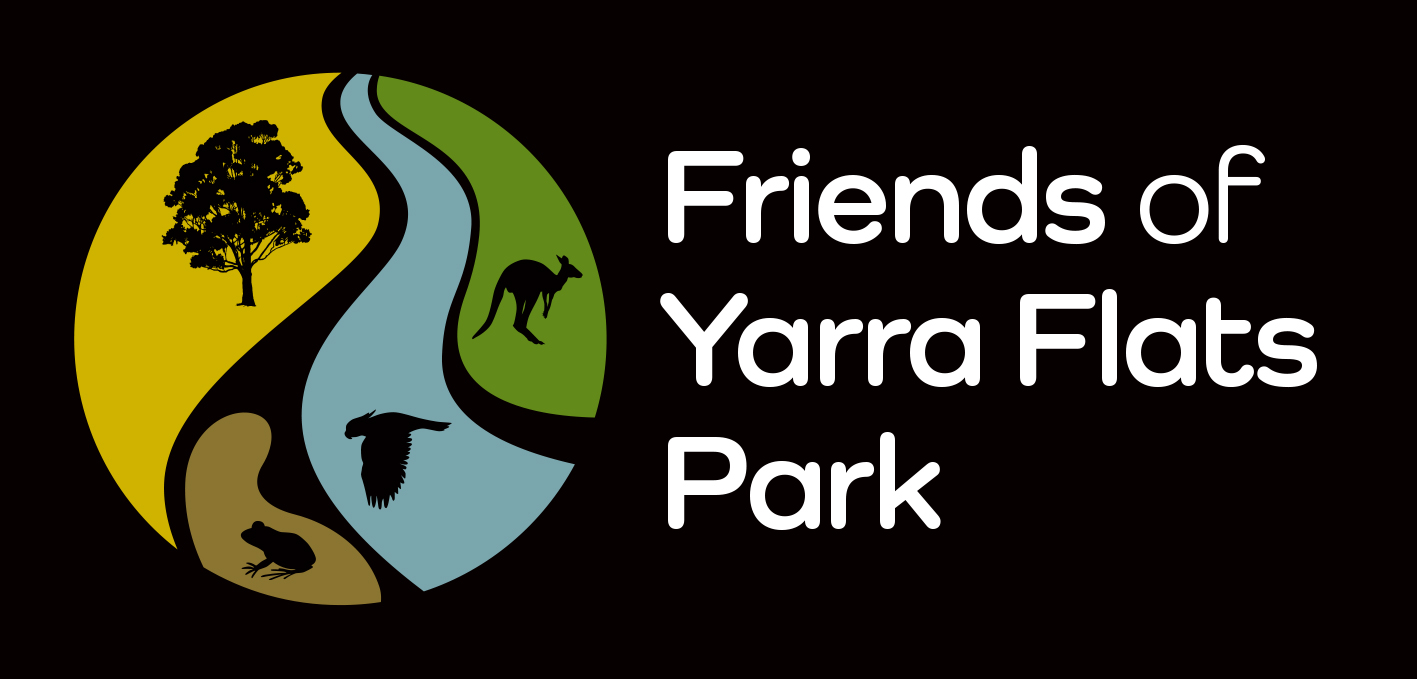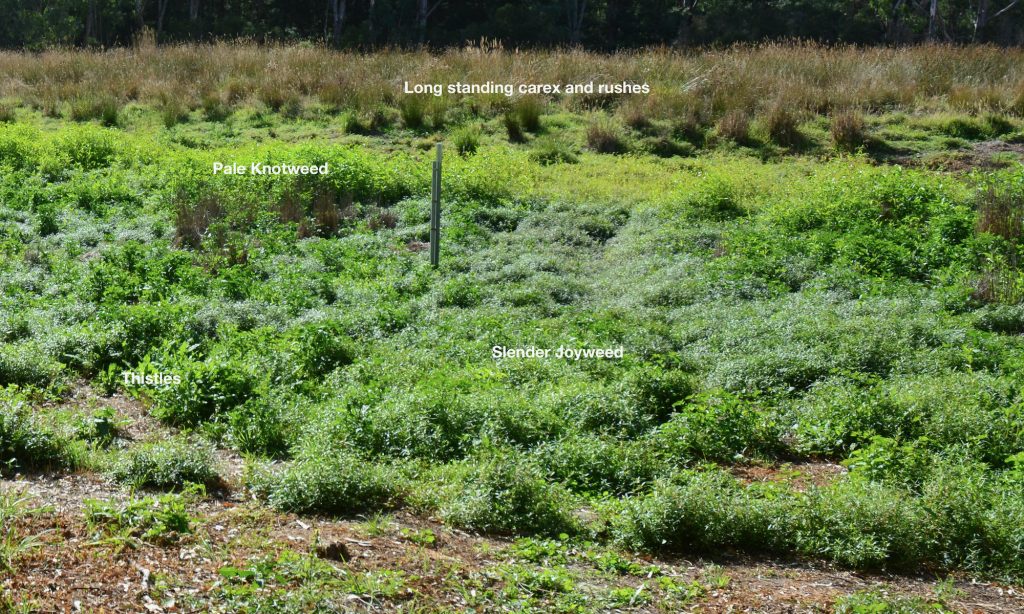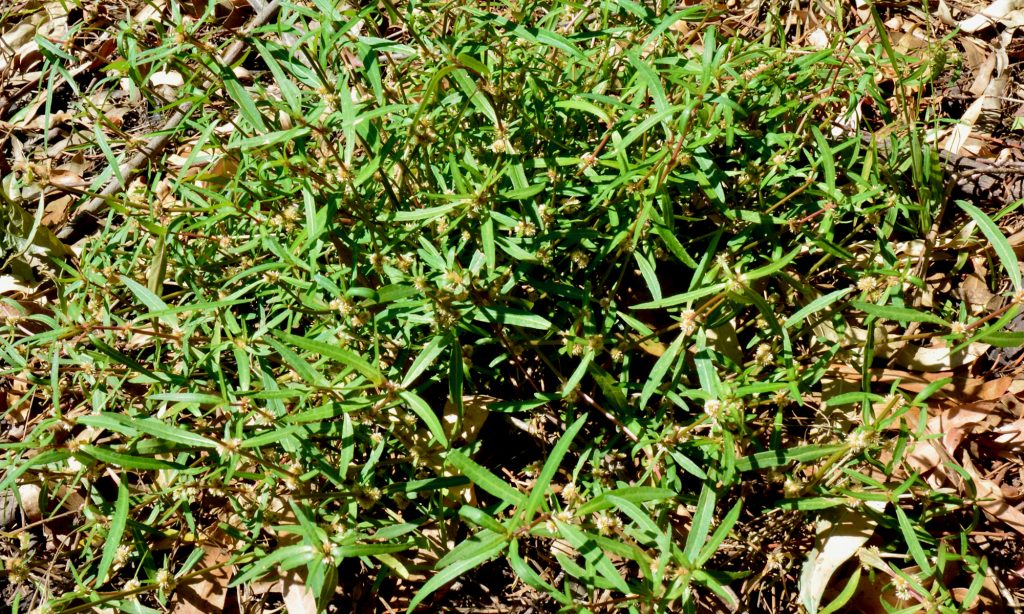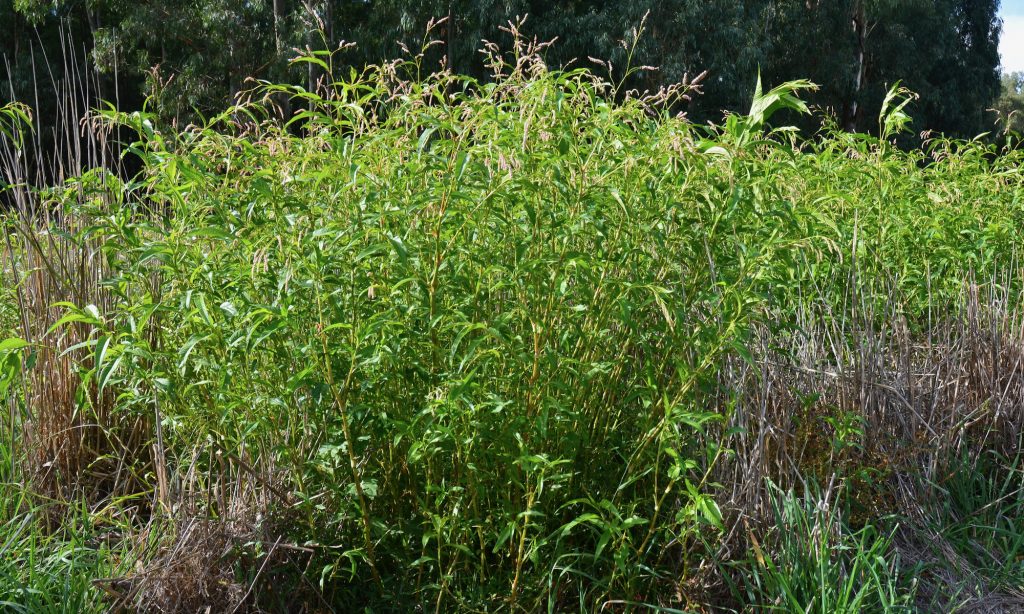By Andrew Lees with input from Plant Guru – Dr Joe Greet from Melbourne University
With the recent watering of the Annulus Billabong by Melbourne Water in October 2020 there has been a remarkable transformation in the plant life of this billabong floor.
Guru Joe from Melbourne University has been carefully monitoring this by recording all the plants in three 10m X 10m quadrants around the billabong floor. Pre the watering there was only one native plant species evident in the sites – covering only 1% of the area compared with 95% cover of weed species (introduced grasses and thistles mainly).
In the post watering survey an additional six native species were recorded and coverage of these native species increased to around 20%, while the cover of exotic plants reduced dramatically from the 95% to just 20% cover.
These two have been hiding their seed away in the soil for 10 years in the Annulus area waiting for the “big wet”.
The weeds are killed off by being submerged. However, they also leave seed in the soil and some can geminate after the water recedes – especially the thistles.
There is a problem though. Our two native good guys are annuals and will only last months before setting seed and dying off. This can leave the scene ready for the weeds to make a comeback.
The challenge is to stop this resurgence of the bad guys happening.
There are good two options available.
- The first is to flood the billabongs yearly for a few years to germinate these natives annually. Slowly the seed bank of the weeds will die out – if the weeds have not been able to set new seed – and the good guys will reign again.
- The second option is bring in heavy duty perennial natives to take over the billabong floor.
This is where Sedges and Rushes come into the story – I doubt you knew that the sedges and rushes were native heroes!
These two groups are perennial that can last decades. Not only are they in for the long haul but they are very good at blanketing the ground around them and smothering out the weeds. This is especially so of the sedges.
Sedges have flattish open V shaped stiff leaves. The genus name for the sedges is Carex.
Rushes have round leaves.
“Sedges have edges, rushes a(re)round”.



